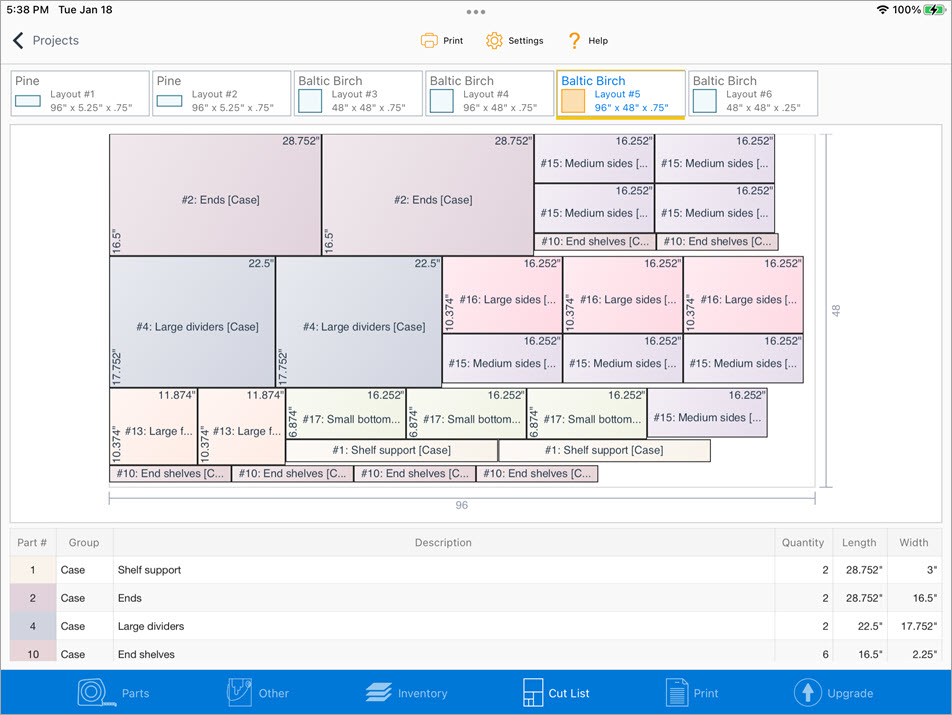Mastering the Power of Last Row in VBA Excel

Excel is an incredibly powerful tool for data analysis and automation, and among its many features, the ability to manipulate and interact with data using Visual Basic for Applications (VBA) is a game-changer for many professionals. One aspect that often arises when working with VBA in Excel is the need to access and manipulate the last row of data within a worksheet. In this comprehensive guide, we will delve into the techniques and strategies to master the power of the last row in VBA Excel, exploring its applications, best practices, and real-world examples.
Understanding the Last Row in VBA Excel

In Excel, the last row of data in a worksheet can be a dynamic entity, as data can be added or removed, causing the last row’s position to change. This dynamic nature makes it essential to employ specific methods to accurately determine and work with the last row using VBA. Here’s an overview of the key concepts:
- Cells and Rows in Excel: Excel worksheets are organized into cells, with rows identified by numbers (1, 2, 3, etc.). The last row in a worksheet can be determined by various methods, such as using the Cells property or the Rows collection.
- Cells Property: The Cells property in VBA allows you to access individual cells in a worksheet by specifying their row and column. For instance,
Cells(row_number, column_number)refers to the cell at the intersection of the specified row and column. - Rows Collection: The Rows collection in VBA represents all the rows in a worksheet. You can use this collection to manipulate entire rows, including finding the last row, deleting rows, or inserting new rows.
- Dynamic Data Handling: As data in Excel can be added or removed, the last row's position might change. Therefore, it's crucial to use dynamic methods to accurately work with the last row, ensuring your VBA code remains reliable even with changing data.
Methods to Determine the Last Row

There are several approaches to finding the last row in a VBA Excel worksheet, each with its own advantages and use cases. Here are some of the most common methods:
Using the Cells Property
The Cells property can be utilized to find the last row in a worksheet. By specifying the last column (often Columns.Count) and then moving one cell up, you can determine the last row with data. Here’s an example:
Sub FindLastRowUsingCells()
Dim lastRow As Long
lastRow = Cells(Rows.Count, Columns.Count).End(xlUp).Row
' Your code to work with the last row here
' ...
End Sub
Using the Rows Collection
The Rows collection provides a direct way to find the last row in a worksheet. By specifying the last row’s index (often Rows.Count), you can access the last row. Here’s an example:
Sub FindLastRowUsingRows()
Dim lastRow As Long
lastRow = Rows.Count
' Your code to work with the last row here
' ...
End Sub
Using Special Cells with xlLastCell Method
VBA offers the SpecialCells method with the xlLastCell option, which returns the last cell in a worksheet with data. This method can be used to find the last row indirectly. Here’s an example:
Sub FindLastRowUsingSpecialCells()
Dim lastRow As Long
With ActiveSheet.UsedRange.SpecialCells(xlLastCell)
lastRow = .Row
End With
' Your code to work with the last row here
' ...
End Sub
Handling Empty Rows
When working with data that might contain empty rows, it’s essential to account for these gaps to accurately determine the last row with data. One approach is to use the Find method with the xlValues option to search for the last occurrence of a non-empty cell. Here’s an example:
Sub FindLastRowWithEmptyRows()
Dim lastRow As Long
With ActiveSheet.UsedRange
Set foundCell = .Find(What:="*", After:=.Cells(.Cells.Count), LookAt:=xlPart, _
SearchOrder:=xlByRows, SearchDirection:=xlPrevious)
If Not foundCell Is Nothing Then
lastRow = foundCell.Row
Else
lastRow = 1 ' Default to first row if no data found
End If
End With
' Your code to work with the last row here
' ...
End Sub
Manipulating Data in the Last Row
Once you’ve accurately determined the last row in a VBA Excel worksheet, you can perform various operations on it, such as reading values, modifying data, or even deleting the row. Here are some common techniques:
Reading Values from the Last Row
To read values from the last row, you can use the Cells property or the Rows collection. For instance, to read the value in the last row and first column, you could use:
Sub ReadValueFromLastRow()
Dim lastRow As Long
lastRow = Cells(Rows.Count, 1).End(xlUp).Row
Dim valueFromLastRow As String
valueFromLastRow = Cells(lastRow, 1).Value
' Use the value as needed
' ...
End Sub
Modifying Data in the Last Row
To modify data in the last row, you can use the same techniques as reading values but assign a new value to the cell. For example, to update the last row’s first column with a new value:
Sub ModifyValueInLastRow()
Dim lastRow As Long
lastRow = Cells(Rows.Count, 1).End(xlUp).Row
Cells(lastRow, 1).Value = "New Value"
' Additional modifications as needed
' ...
End Sub
Deleting the Last Row
If you need to delete the last row, you can use the Rows collection to remove it. Here’s an example:
Sub DeleteLastRow()
Dim lastRow As Long
lastRow = Cells(Rows.Count, 1).End(xlUp).Row
Rows(lastRow).Delete
' Additional operations after deletion
' ...
End Sub
Advanced Techniques and Real-World Applications
Mastering the power of the last row in VBA Excel opens up a range of advanced techniques and real-world applications. Here are some scenarios where these skills can be put to use:
Dynamic Data Entry and Validation
By accurately determining the last row, you can implement dynamic data entry forms that automatically populate the next available row with new data. This ensures data integrity and prevents users from overwriting existing entries. Additionally, you can use the last row to validate data, ensuring that entries are complete and consistent.
Data Summarization and Analysis
Working with the last row allows you to summarize and analyze data dynamically. For example, you can calculate the total of a column of numbers by iterating through the last row to the first, accumulating the sum. This technique is especially useful for real-time data analysis and reporting.
Automated Reporting and Dashboards
VBA Excel’s ability to manipulate the last row can be leveraged to create dynamic reports and dashboards. By reading values from the last row, you can populate charts, graphs, and summary tables with the most recent data, ensuring that your reports are always up-to-date.
Data Export and Import
When exporting data from Excel to other applications or formats, knowing the last row is crucial. You can use this information to export only the relevant data, ensuring that your exports are accurate and complete. Similarly, when importing data, you can use the last row to append new data to existing datasets, maintaining data integrity.
Best Practices and Considerations

While mastering the power of the last row in VBA Excel offers numerous benefits, it’s essential to follow best practices to ensure your code is efficient, reliable, and maintainable. Here are some key considerations:
- Performance: When working with large datasets, be mindful of performance. Avoid iterating through entire worksheets; instead, use dynamic methods to find the last row and work with only the relevant data.
- Error Handling: Implement robust error handling mechanisms to account for scenarios where the last row might not exist (e.g., if the worksheet is empty). Use techniques like checking for
IsEmptyorIsErrorto handle these cases gracefully. - Code Organization: Organize your VBA code into well-defined subroutines and functions. This makes your code easier to understand, maintain, and reuse. Use meaningful variable names and comments to document your code.
- Version Control: Implement version control for your VBA code, especially if multiple users are working on the same Excel file. This ensures that changes are tracked, conflicts are avoided, and rollbacks are possible.
- Testing and Debugging: Thoroughly test your VBA code to ensure it works as expected. Use Excel's built-in debugging tools, such as breakpoints and the Immediate Window, to step through your code and identify any issues.
Conclusion
Mastering the power of the last row in VBA Excel is a valuable skill for any Excel power user or VBA developer. By understanding the techniques to accurately determine the last row and employing best practices, you can unlock a wide range of advanced applications and streamline your data analysis and automation tasks. Whether you’re creating dynamic data entry forms, generating real-time reports, or manipulating large datasets, the last row in VBA Excel is a key component to leverage for efficient and effective data handling.
How do I determine the last row in VBA Excel when there are empty rows in the data?
+When dealing with empty rows, you can use the Find method with the xlValues option to search for the last occurrence of a non-empty cell. This ensures that you accurately identify the last row with data, even if there are gaps in the worksheet.
What are some best practices for working with the last row in VBA Excel?
+Some best practices include optimizing performance by avoiding unnecessary iterations, implementing robust error handling to account for scenarios like empty worksheets, organizing your code for readability and maintainability, and utilizing version control for collaborative projects.
Can I use the last row to dynamically populate data in a form or report?
+Absolutely! By accurately determining the last row, you can implement dynamic data entry forms that automatically populate the next available row. This ensures data integrity and simplifies the data entry process for users. Additionally, you can use the last row to dynamically populate charts, graphs, and summary tables in real-time reports.



